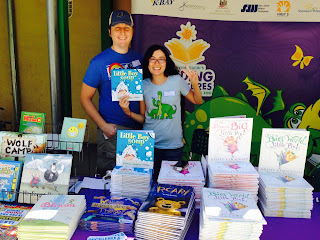I'm going to break precedent a little bit and post a bio of the author 1st. You'll see why when I'm done:
Born and raised in Michigan, Ruta Sepetys is the daughter of a Lithuanian refugee. The nations of Lithuania, Latvia, and Estonia disappeared from maps in 1941 and did not reappear until 1990. As this is a story seldom told, Ruta wanted to give a voice to the hundreds of thousands of people who lost their lives during Stalin's cleansing of the baltic region.
And now the blurb on the back cover of the book:
Lithuania, June 1941: Fifteen-year old Lina is preparing for art school and looking forward to summer. In the dark of the night there is a knock at the door and life is forever changed. Soviet secret police arrest Lina, her mother, and her younger brother, tearing their family apart. The three are hauled from their home and thrown into cattle cars, where they soon discover their destination: Siberia. Separated from her father, Lina embeds clues in her drawings and secretly passes them along, hoping they will reach her father's prison camp. In this dramatic and moving story, Lina desperately fights for her life and the lives of those around her. But will love be enough to keep her alive?
Do any of us know this story? I don't think so. All we know is that Stalin killed millions. But we don't know details. Thanks to Ruta, and thanks to her 2 novels that I have read, we at least know a couple of chapters about WWII. And, once again, she is teaching YAs (and OAs - yes, that's Old Adults) some history; and she's doing it in the voice of a 15-year old. Really smart.
So besides really loving these snatches of history, I also liked how she integrated flashbacks into the storyline. They always tied into what was happening at that moment, and each flashback got closer to the present. It's a very effective device. And pay special attention to the cover before you start the book and then again after you finish it. You will understand what I mean.
The only real difference between the 2 books is that Salt to the Sea is in the voices of 4 teenagers. And between shades of gray is in the voice of 1. This may or may not make you favor one over the other. But either way, they are both important - regardless of your age. And try to get both of them in the hands of your teenage children and grandchildren. They will like these books, and they might even learn something!



























